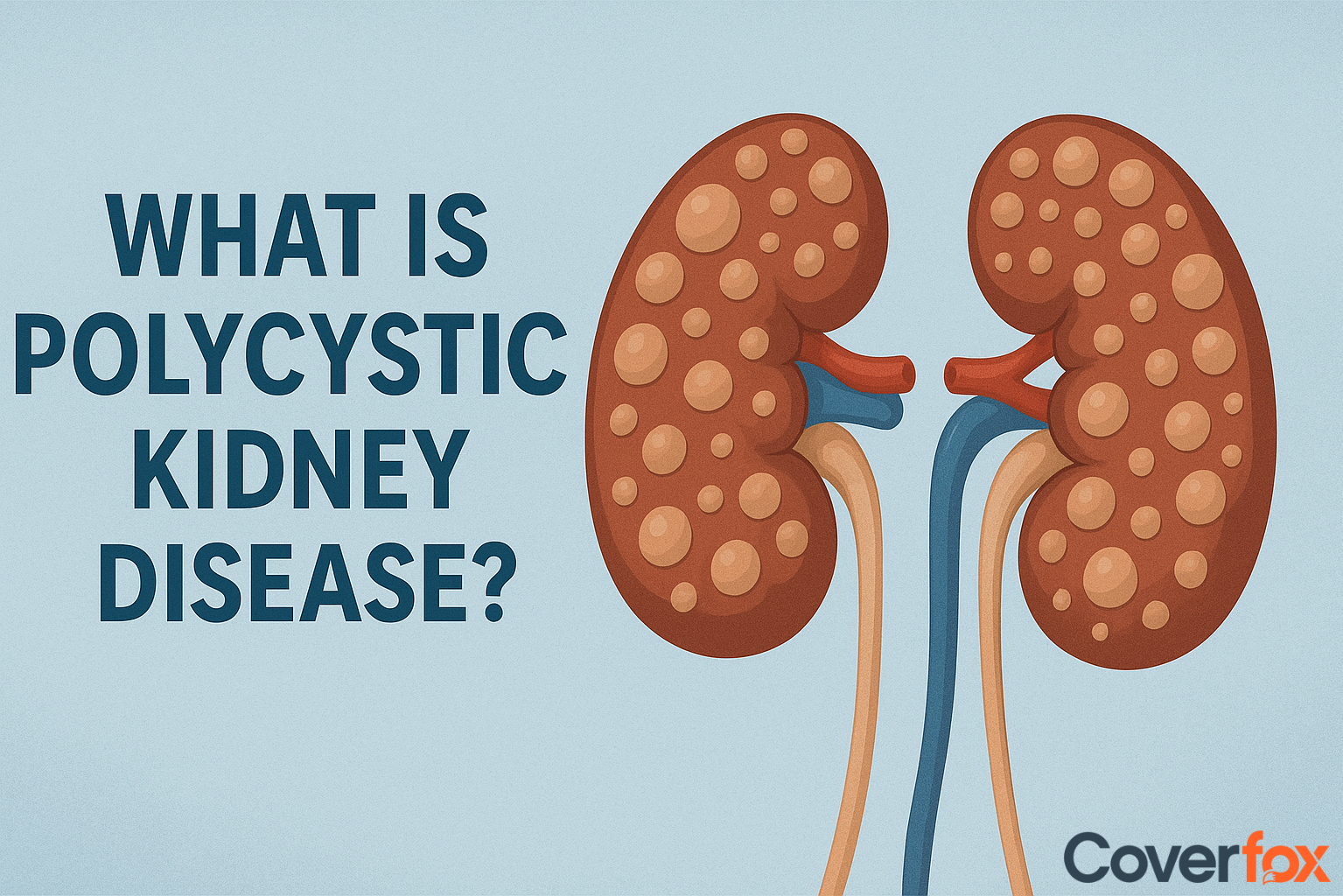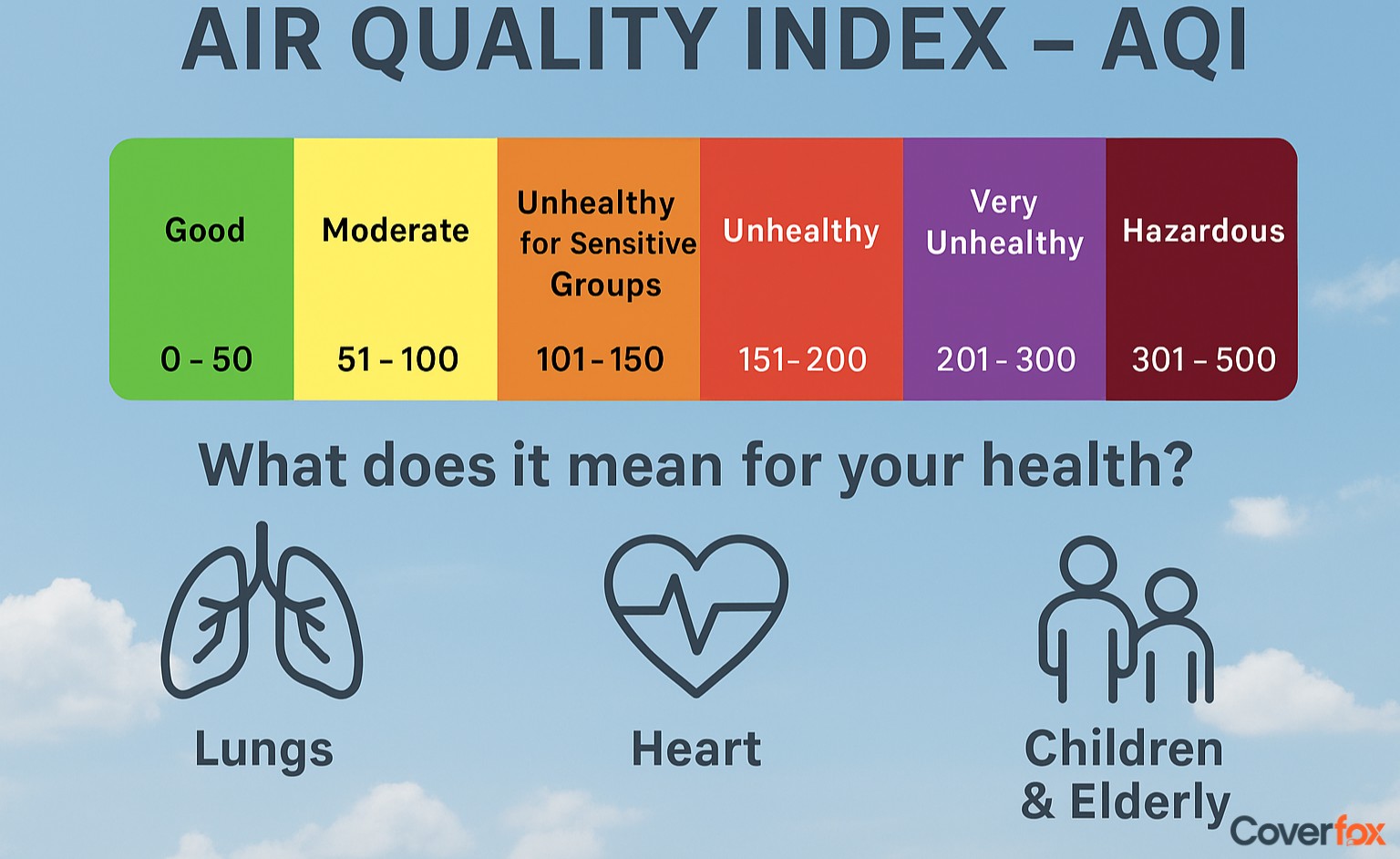As medical expenses continue to rise, having a standard health insurance policy may not be enough to cover significant medical bills, especially in cases of severe illness or hospitalization.

This is where top-up and super top-up health insurance plans come into play. These plans act as an additional layer of protection for your existing coverage and help you manage large hospital bills without breaking the bank.
In this blog, we’ll explain the key differences between top-up and super top-up health insurance plans, their benefits, and which plan might be the right fit for your needs.
What is a Top-Up Health Insurance Plan?
A top-up health insurance plan is an additional coverage that kicks in once your medical bills exceed a predefined threshold, known as the deductible. For example, if you have a top-up plan with a deductible of ₹2 lakh and your medical expenses reach ₹3 lakh, the insurer will cover ₹1 lakh (the amount exceeding the deductible). The top-up plan can be used when the expenses from a single hospitalization exceed this deductible.
Key Features of Top-Up Plans:
Affordable Premiums: Since the plan only covers expenses beyond the deductible, premiums are lower than standard health insurance policies.
Single Hospitalization Coverage: A top-up plan only activates if the medical bills from a single hospitalization cross the deductible limit.
Supplemental Coverage: A top-up plan is designed to supplement your base health insurance policy, not replace it.
What is a Super Top-Up Health Insurance Plan?
A super top-up health insurance plan is similar to a top-up plan but offers broader coverage by accounting for multiple claims in a year. Instead of just covering single hospitalization costs, it considers the total hospitalization costs across the policy year. Once the total expenses exceed the deductible, the super top-up plan starts covering subsequent medical costs.
Key Features of Super Top-Up Plans:
Cumulative Coverage: Unlike a top-up plan, a super top-up plan covers all medical bills that exceed the deductible across multiple hospitalizations in a year.
Better Protection for Frequent Hospitalization: This plan is ideal if you anticipate multiple hospitalizations in a year due to chronic conditions or recurring medical needs.
Affordable: Even with enhanced coverage, super top-up plans are generally affordable compared to increasing the sum insured in your regular health insurance plan.
Top-Up vs Super Top-Up: Key Differences
Here’s a detailed comparison between top-up and super top-up health insurance plans to help you choose the right option:
| Feature | Top-Up Health Insurance | Super Top-Up Health Insurance |
|---|---|---|
| Coverage Activation | Single hospitalization exceeding the deductible | Total medical expenses across multiple hospitalizations exceeding the deductible |
| Deductible | Must be met for each claim individually | Deductible needs to be met only once in a policy year |
| Best For | Individuals with lower chances of frequent hospitalization | Individuals with higher chances of multiple hospitalizations |
| Premium | Slightly lower due to restricted coverage | Slightly higher but provides broader coverage |
| Claims Process | May need to pay out-of-pocket for each individual claim below the deductible | Covers cumulative costs once deductible is met |
| Coverage Activation |
Benefits of Top-Up Health Insurance Plans
Top-up plans provide an affordable way to increase your coverage without raising the premium on your existing health insurance policy. Here are the key benefits:
1. Cost-Effective: Since top-up plans only come into play once the medical bills exceed the deductible, the premiums for these plans are lower than purchasing an additional standalone policy with a higher sum insured.
2. Supplemental Coverage: Top-up plans can enhance your existing health insurance plan, providing additional coverage for major hospitalization costs while keeping your base policy intact.
3. Flexibility: You can choose a deductible amount that works best for your situation, allowing you to control how much coverage you want above your existing insurance.
Benefits of Super Top-Up Health Insurance Plans
Super top-up plans offer more comprehensive coverage and are ideal for those who expect higher medical expenses across multiple hospitalizations. Here are the benefits:
1. Multiple Hospitalizations Covered: Super top-up plans take into account the total medical bills from multiple hospitalizations within a policy year, making them ideal for individuals with chronic health conditions or those expecting more frequent hospital visits.
2. Lower Premiums than Increasing Sum Insured: Instead of opting for a high sum insured with your regular health insurance, a super top-up plan offers better coverage at lower premiums for the same medical expense limit.
3. Broader Coverage: Super top-up plans ensure that once the deductible is met, the total medical expenses for the year are covered, regardless of how many hospitalizations are involved.
When Should You Choose a Top-Up Plan?
A top-up plan is an excellent option if you’re looking for supplemental coverage without paying high premiums. It is best suited for people who are relatively healthy but want extra coverage for major health events or accidents.
When Should You Choose a Super Top-Up Plan?
A super top-up plan is more comprehensive and is ideal for people who anticipate multiple hospitalizations in a year due to chronic illnesses, advanced age, or recurring medical conditions. It provides coverage for cumulative medical expenses, which means you won’t need to pay out-of-pocket for any hospitalization after crossing the deductible.
Conclusion: Which Plan Should You Choose?
Choosing between top-up and super top-up health insurance depends on your health condition, medical history, and the frequency of hospitalizations. If you’re relatively healthy and looking for affordable supplementary coverage, a top-up plan might be ideal. However, if you have chronic health conditions or anticipate multiple hospitalizations, a super top-up plan is the better choice for complete financial protection.
Frequently Asked Questions
Q). What is the main difference between a top-up and super top-up plan?
Ans: The main difference is that a top-up plan covers a single hospitalization that exceeds the deductible, while a super top-up plan covers cumulative medical expenses across multiple hospitalizations within a year.
Q). Are premiums for top-up and super top-up plans higher than regular health insurance?
Ans: No, premiums for top-up and super top-up plans are generally lower compared to increasing the sum insured on your regular health insurance plan.
Q). Can I buy a top-up or super top-up plan without an existing health insurance policy?
Ans: Yes, you can buy top-up and super top-up plans even if you don’t have an existing health insurance policy. However, these plans work best when used as a supplement to your base health insurance coverage.
Q). How is the deductible determined in a top-up or super top-up plan?
Ans: The deductible is the pre-determined limit that must be crossed before the top-up or super top-up plan comes into effect. You can choose this amount while buying the plan, based on your existing coverage and health needs.
Q). Can I use a super top-up plan for pre-existing conditions?
Ans: Yes, you can use a super top-up plan for pre-existing conditions after the applicable waiting period, provided the total medical expenses exceed the deductible.





